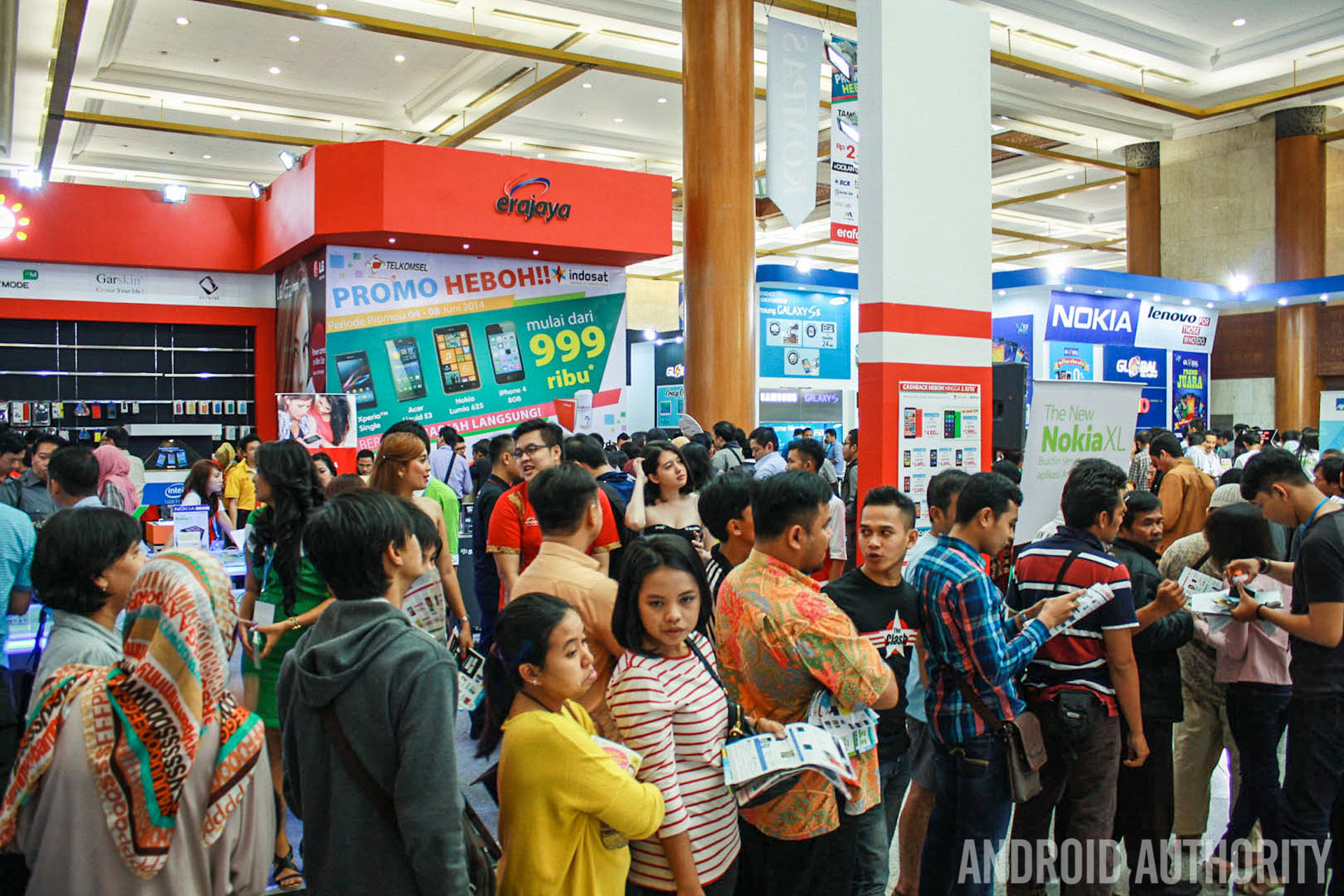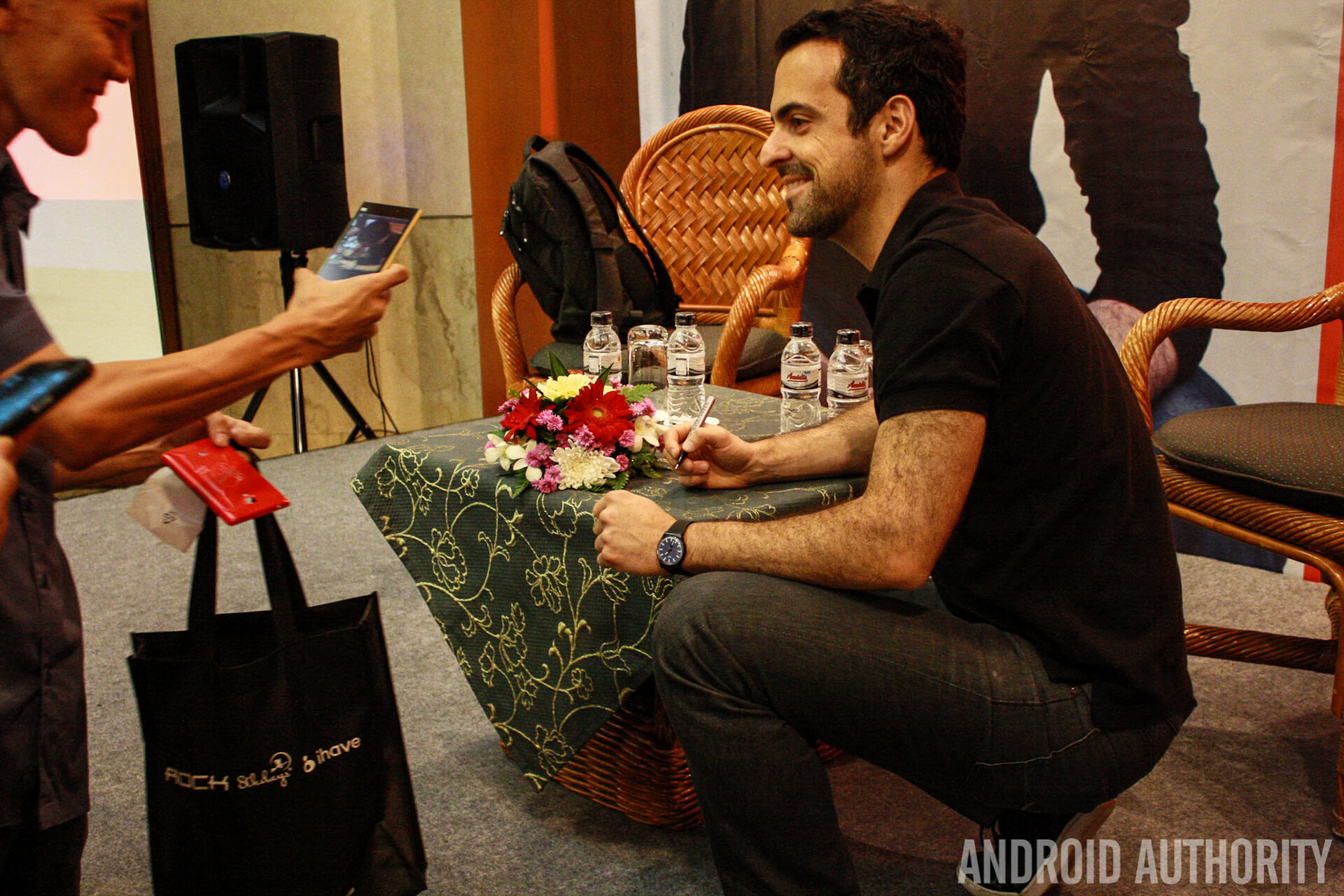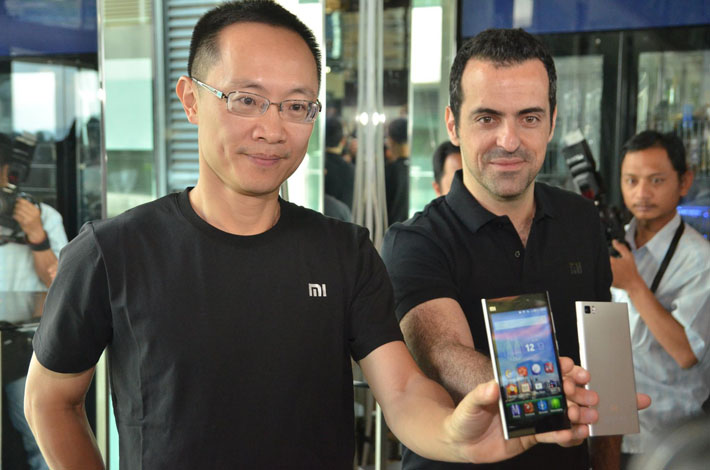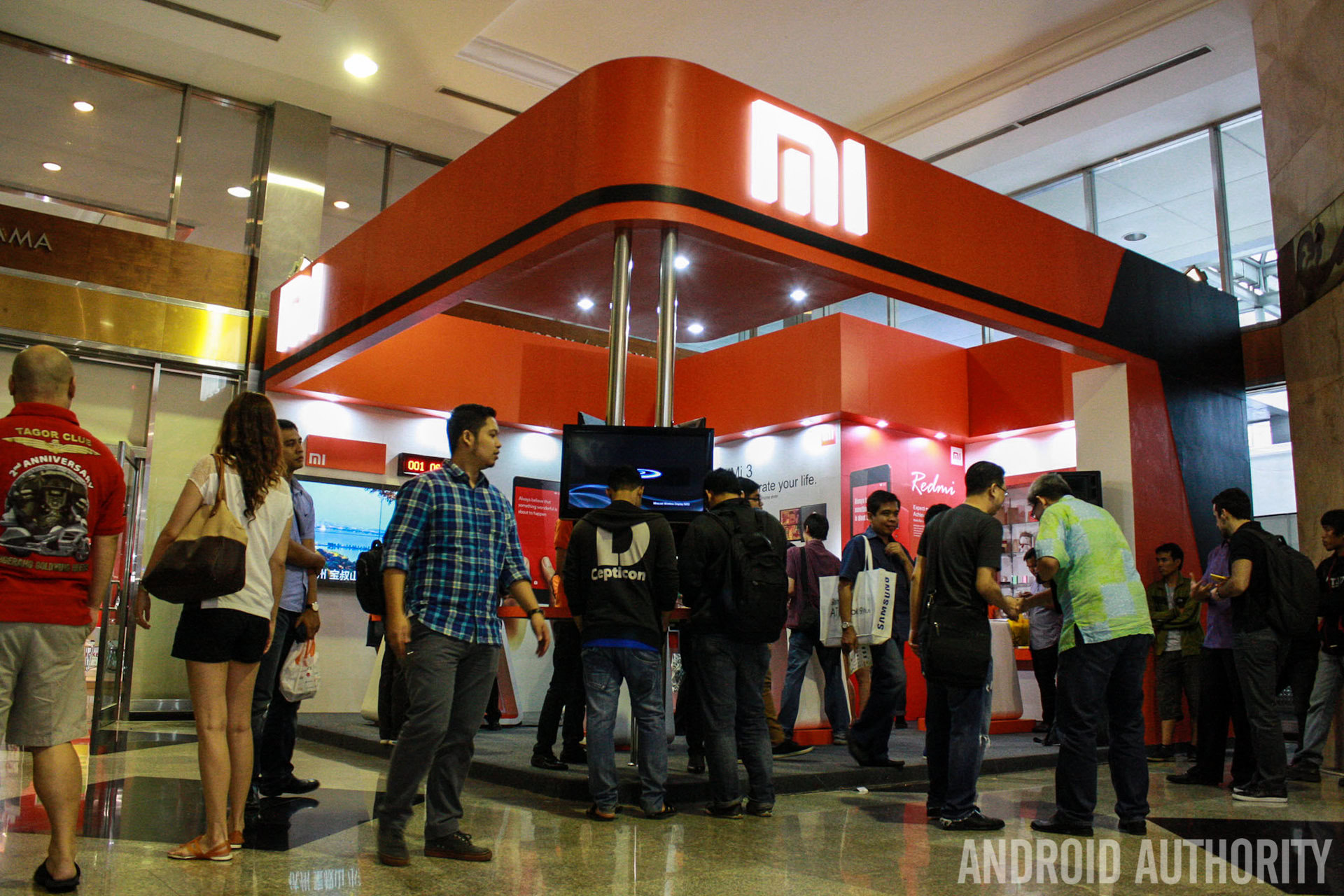Affiliate links on Android Authority may earn us a commission. Learn more.
Hugo Barra explains Xiaomi's overseas expansion - Exclusive

Editor’s note: This post is part of a three-piece profile on Xiaomi based on Bobby Situkangpoles’ interview with the company’s head of global expansion, Hugo Barra. The two other posts are:
- Hugo Barra: North America is in Xiaomi’s pipeline
- Hugo Barra talks Xiaomi business model, international expansion and more
We’ve heard that after Singapore, Xiaomi is planning to expand to ten other fast growing markets. Now that they have launched in Malaysia, which countries will be next?
When given this question, Hugo Barra took it as an opportunity to explain Xiaomi’s approach to overseas expansion and the steps required to bring their product to a new market.
We're working to bring our devices to these ten markets in parallel; when they’re ready, we launch.
He also explained what are the requirements that need to be put in place in each of these markets before they can launch.
Barra’s statements give us an insight into Xiaomi’s approach to entering new markets, what the plan of attack on these markets looks like, and how much longer enthusiasts might have to wait to see Xiaomi on their shores.
Certification process
The process to get the authorities’ approval runs at different paces in different markets. This was recently highlighted by the long time Motorola needed to bring the Moto G to Indonesia while the phone was already available in places like India and Malaysia months earlier.
According to Barra, based on the progress of the certification process, the Philippines is likely to be next, followed by India, and then Indonesia, with markets like Thailand, Vietnam, Brazil, Russia, Turkey and Mexico to follow later in the year.
Building a robust presence in local social channels

Xiaomi refuses to spend money on traditional advertising so its users won’t have to pay for their devices’ advertising cost. According to Bloomberg analysts, advertising costs can amount to up to a third of a device’s price tag. Thus, it’s imperative for Xiaomi to set up a robust social presence before they can launch their devices in new markets.
As mentioned in our earlier piece, Xiaomi wants consumers to know that they can always get the latest news about the company from its social channels. In this regard, Barra said that in Indonesia, aside from the usual suspects like Facebook, Twitter, and Google Plus, Xiaomi is also looking to experiment with Instagram, Line and Kakao Talk.
Setting up a “fantastic” after sales service experience
Barra talked very passionately about Xiaomi’s after sales experience standards.
The most important thing a brand can do coming to a new market is to make sure that the experience is as fantastic all along, including in the worst case scenario that you have a problem… obviously all this needs a local team.
This entails setting up direct phone and web chat hotlines for people to get in touch with a Xiaomi advisor in their mother tongue, as well as having service centers spread throughout the market.

He also added that Xiaomi’s authorized service centers will always be ran by more than one company to keep them competitive with crews that are trained directly by Xiaomi. Xiaomi will also provide a set of key performance indicators that the company will measure on a daily basis to ensure a certain level of quality.
Xiaomi started with four authorized service centers in Malaysia. In markets like India and Indonesia, Barra said that, ideally, there should be more than ten authorized service centers at launch day. For comparison, Motorola (that just launched the Moto G for the Indonesian market on the same day we did the interview) started with around 15 authorized service outlets throughout Indonesia on launch day.
Xiaomi’s ecosystem friendly approach
We will also work with partners in each market that we believe are important.
Our regular readers are probably aware that we have concerns about how Xiaomi’s internet-first approach risks alienating a large part of the market in countries with relatively low credit card penetration. To this, Barra confidently admitted that he does not share the same concern. He said that while it is true that Xiaomi will always emphasize e-commerce, the company also believes in taking an ecosystem-friendly approach: “We will also work with partners in each market that we believe are important.”
According to Barra, Xiaomi will always try to make sure that consumers will be able buy Xiaomi devices using any method of payment that works best for them, from money transfer to cash-on-delivery.
In line with Xiaomi’s goal to employ an ecosystem-friendly approach, Barra said that in the future, Xiaomi is likely to try to replicate the experiment the company did in Hong Kong, in which Xiaomi worked with a local carrier to open a chain of flagship stores, in Indonesia.
While this should help in exposing more people to the brand, he was also quick to point out that the primary set of users that Xiaomi caters to are techies who lives on the internet. “We will make sure that we reach out to them first,” he said.
Which products will Xiaomi bring to these markets?

Xiaomi wants to bring all of its products to each market, according to Barra. However, he also said, “until we feel that we have a product that will be amazing for the market, we’re not going to launch.”
Barra used as an example Xiaomi’s affordable 4K TV, which costs around $640 in China. He sees the TV as a content streaming platform, so until he can make sure that the market’s broadband access is good enough to provide a good streaming service and there is enough locally relevant content to deliver to Xiaomi’s customers, they are not likely to offer it. In Indonesia and other markets, Xiaomi is already working with a number of international and local content license holding companies to deliver just that.
So if you have been eyeing Xiaomi’s super thin UHD TV sets, you may need to wait a while to have it available in your market, but you can rest assured that Xiaomi is working on ways to bring it to you.
On Xiaomi’s Mi Store and Google’s Play Store
Another important thing that I learned from the interview with Barra is that, for international markets, Xiaomi will not push content from its Mi Store to users in the near future.
“We support anything that you can get from the Play Store,” he said.

This was quite a revelation, as the Mi Store was widely believed to be one of the pillars of Xiaomi’s business model.
Apparently, for overseas markets, this is not a priority. Instead, Xiaomi strives to provide full compatibility with Google’s ecosystem. This should be good news for people worrying about lack of Play Store support on Xiaomi’s devices.
However, since Barra himself said that Xiaomi makes very little money off its devices, this raised a question: how will Xiaomi generate revenue in their overseas markets?
The answer could lie in the fact that Xiaomi’s ecosystem extends further than just selling apps through the Mi Store. The company also has a theme store that offers all sort of customizations, from a homescreen filled with cute little monsters as icons that changes on an hourly basis, to a Lamborghini inspired theme that makes users feel like they are starting a Huayra every time they unlock their phones.
Xiaomi also has a plethora of accessories that Mi Fans are known to go crazy over. In China, Xiaomi users are gobbling up anything from customized bumpers to color coded batteries.
On a lighter note, Barra likened these batteries to colorful undergarments that people still buy, even though they know that no one will likely ever see them.
Xiaomi might sell their phones on extremely thin margins but there’s nothing forcing the company to apply the same kind of margins to its accessory line. These could well be Xiaomi’s way to ramp up revenue in overseas markets.
So there you go
If you’ve been wondering about when Xiaomi will enter your market, you can check out Xiaomi’s progress on setting up the points mentioned above in your country to roughly estimate how much longer you’ll have to wait.
You can also use Xiaomi’s presence in your local social channels as a guide to gauge how close they are to launching in your country.
Lastly, you can always keep an eye out for when Barra and his gang visits your market. That would be one of the best indicators that a launch is imminent.
As for Xiaomi hopefuls in India, the Philippines, and Indonesia, the day you’ve been waiting for might be less than eight weeks away, so better get ready if you want to grab a Xiaomi on the first day flash sale!
Didit Putra from Kompas contributed to this article